Publishing in biomedical sciences
Autor: Demetrios A. Spandidos1,2
1Medical, School, University of Crete, Heraklion, Greece
2Spandidos Publications, Athens, Greece and London, UK
Spandidos Publications was founded in 1992 and has developed into a leading publishing group in the biomedical sciences field. We currently publish twelve journals: International Journal of Molecular Medicine, International Journal of Oncology, Molecular Medicine Reports, Oncology Reports, Experimental and Therapeutic Medicine, Oncology Letters, Biomedical Reports, Molecular and Clinical Oncology, World Academy of Sciences Journal, International Journal of Functional Nutrition, Medicine International and International Journal of Epigenetics.
When deciding which journal to submit your paper, you should consider who would be interested in your results. A small number of scientists working in your special field only, or would it be of interest to others working in complementary or parallel fields. Next, evaluate the level of significance of your findings. In this process your colleagues will be of great help, as very few of us are critical enough of our own work. Over-estimation, might cost you many months of frustration and uncertainty. Consider carefully whether there is a need to submit to a so-called prestigious journal, where the disappointment is very likely. Any established journal will forward the Abstracts of all published works to various databases, thus yours will have equal opportunity to be noticed, regardless of the journal in which it is printed. It is of interest to study how long the time period is from publishing to finding the entry in, for example Medline or Science Citation Index; as these are the ‘advertising windows’ frequently used in search of new information. This leads us to the next very important point to establish how long the review and publications process is likely to be. Previous issues will indicate the trend, and this is of major importance, as the process varies greatly from a few weeks to over one year. Thus, before submitting do some research on rapid publication, if you need a reply within a reasonable time period. A strategy for a successful publication shall be considered.
Scurt CV
Education:
• BSc in Chemistry, November 1971, Aristotelion University of Thesaloniki, Greece
• PhD in Biochemistry, January 1976, McGill University, Montreal, Canada
Title of PhD Thesis: Genetics and Transcription of Reovirus
• MRCPath, November 1988. Royal College of Pathologists, London, UK
• DSc in Genetics, July 1989. University of Glasgow, Scotland, UK
Title of DSc Thesis: Studies on the role of ras gene in carcinogenesis
• FRSH, June 1994. The Royal Society of Health, London, UK
• FRCPath, January 1997. The Royal College of Pathologists, London, UK
• Specialised in Clinical Chemistry, 1998. Ministry of Health, Greece
• FASA, 2005. The American Society of Angiology
Professional Experience:
2015 – Present: Professor Emeritus, Medical School, University of Crete, Heraklion, Greece
1989 – 2014: Professor of Virology, Medical School, University of Crete, Heraklion, Greece
1990 – 2013: Director, Laboratory of Clinical Virology, University Hospital, Heraklion, Greece
2006 – 2010: Director, Laboratories of Clinical Bacteriology, Parasitology, Zoonoses and Geographical Medicine, University Hospital, Heraklion, Greece
1988 – 1998: Director, Laboratory of Molecular Oncology and Biotechnology, Institute of Biological Research and Biotechnology, The National Hellenic Research Foundation, Athens, Greece
1981 – 1988: Member of the Senior Scientific Staff, Beatson Institute for Cancer Research, Glasgow, Scotland, UK
1985 – 1987: Head, Virology Programme, Hellenic Institute Pasteur, Athens, Greece
1985 – 1987: (Feb-March each year) Visiting Scientist and Guest lecturer ‘Genes and Cancer’ course for medical, graduate and undergraduate students, Department of Pediatrics, Medical School, University of California, San Diego, USA
1979 – 1981: Centennial Fellow (MRC Canada), Beatson Institute for Cancer Research, Glasgow, Scotland, UK
1979: Director, Laboratory of Biochemistry, Medical Center of Athens Hospital, Athens, Greece
1978 – 1979: Epimelitis (Assistant Professor), Laboratory of Biochemical and Biological Research, Hellenic Anticancer Institute, Athens, Greece
1976 – 1978: Post-doctoral Fellow (MRC Canada), Department of Medical Genetics, University of Toronto, Toronto, Canada
July 1976: Cold Spring Harbor Laboratory, USA. Advanced Bacterial Genetics Course, including the recombinant DNA technology
1972 – 1976: Teaching Assistant, Department of Biochemistry, McGill University, Montreal, Canada
1970 – 1971: Research Assistant, Laboratory of Virology and Tissue Culture, Theagenion Cancer Institute, Thessaloniki, Greece
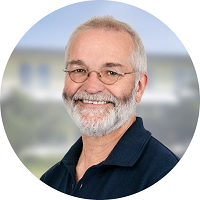
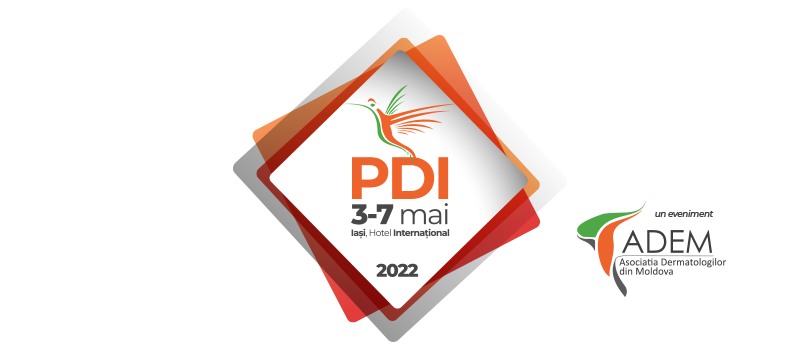

![]()
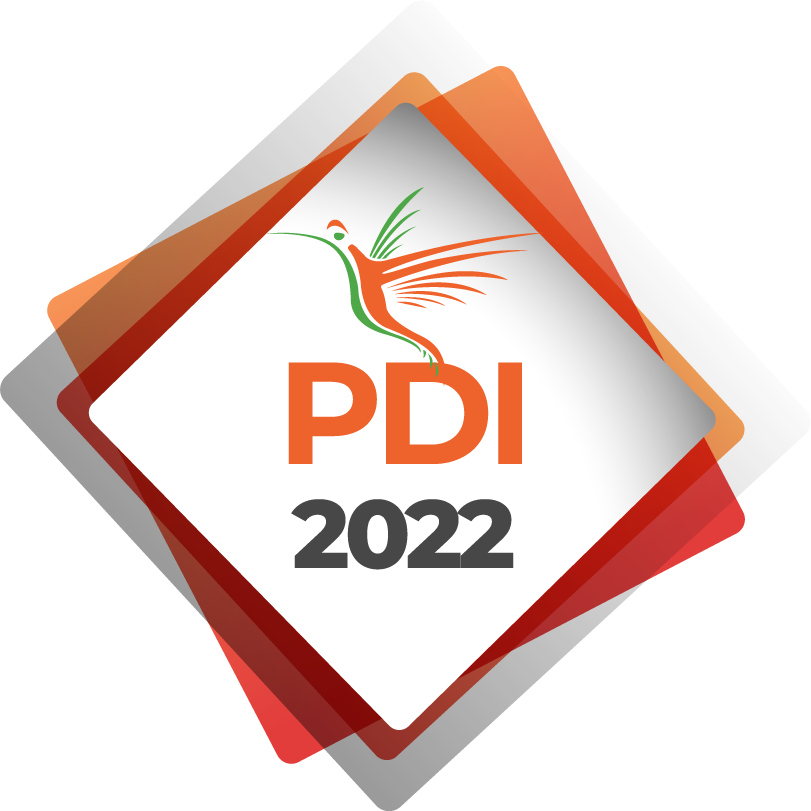
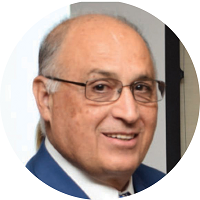
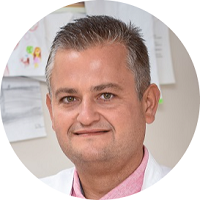
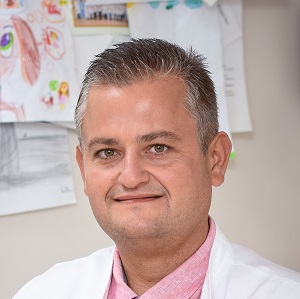
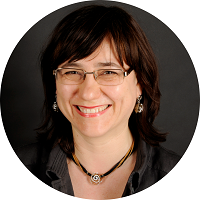
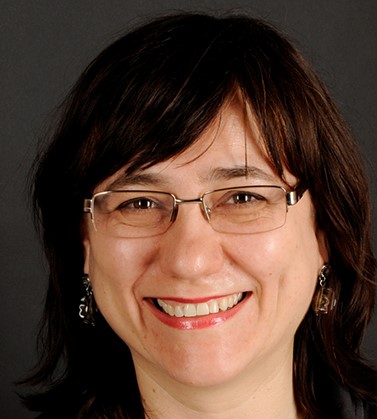
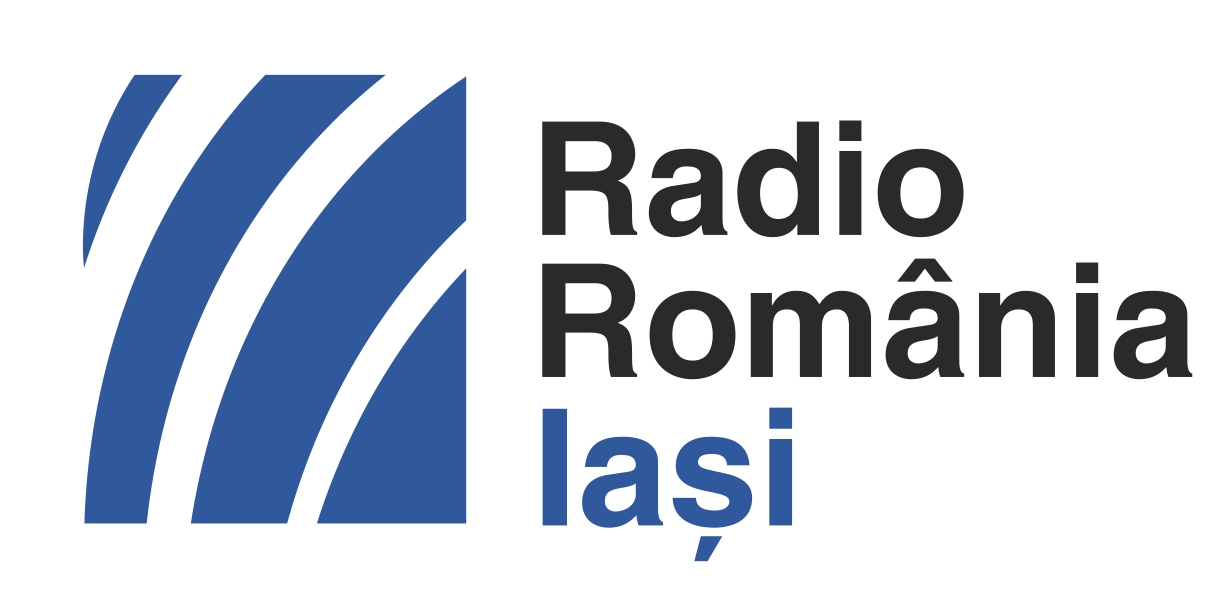



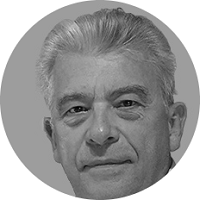
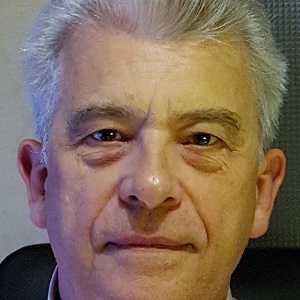
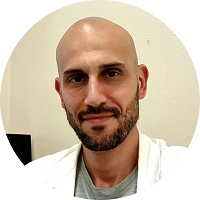
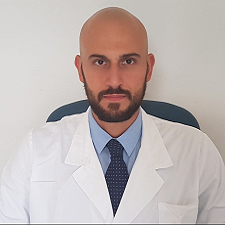
Recent Comments